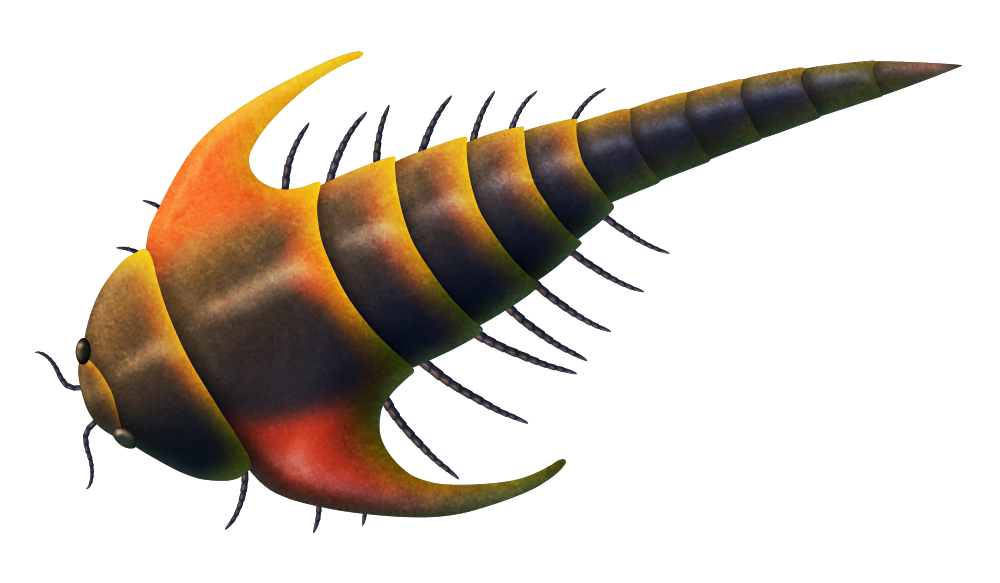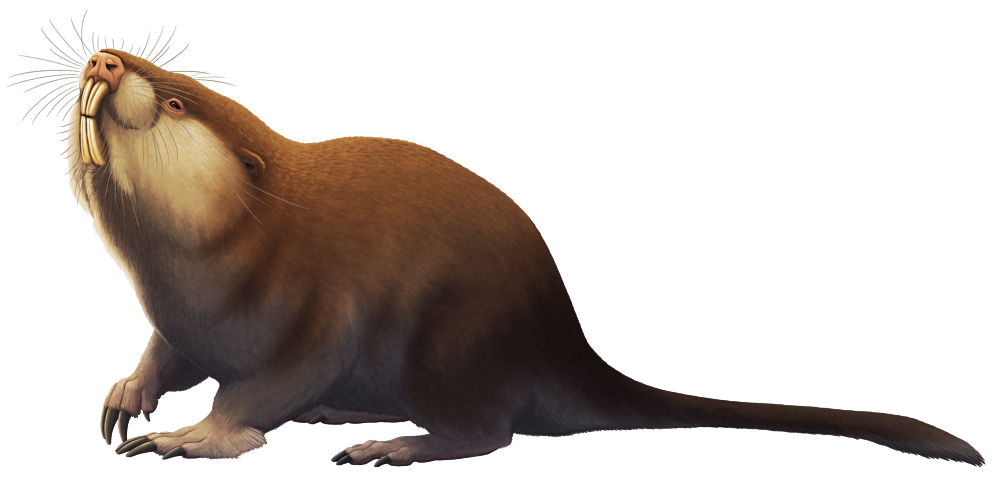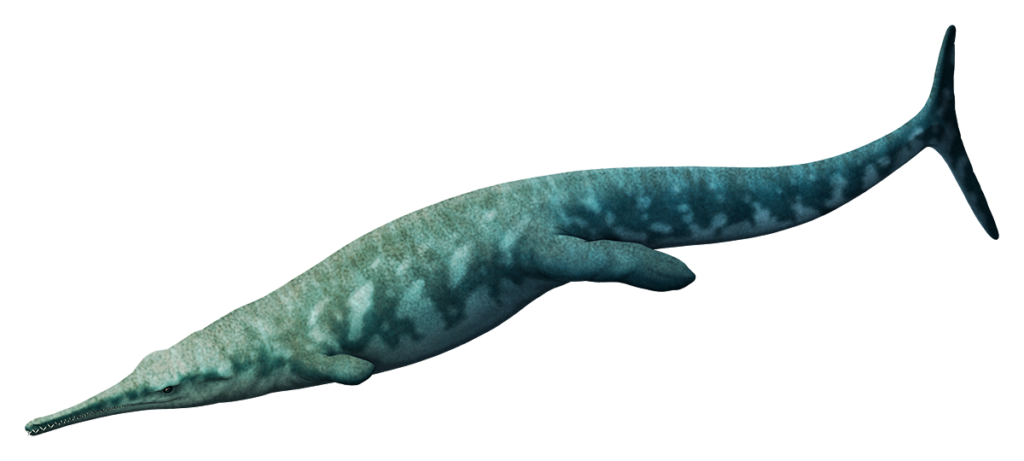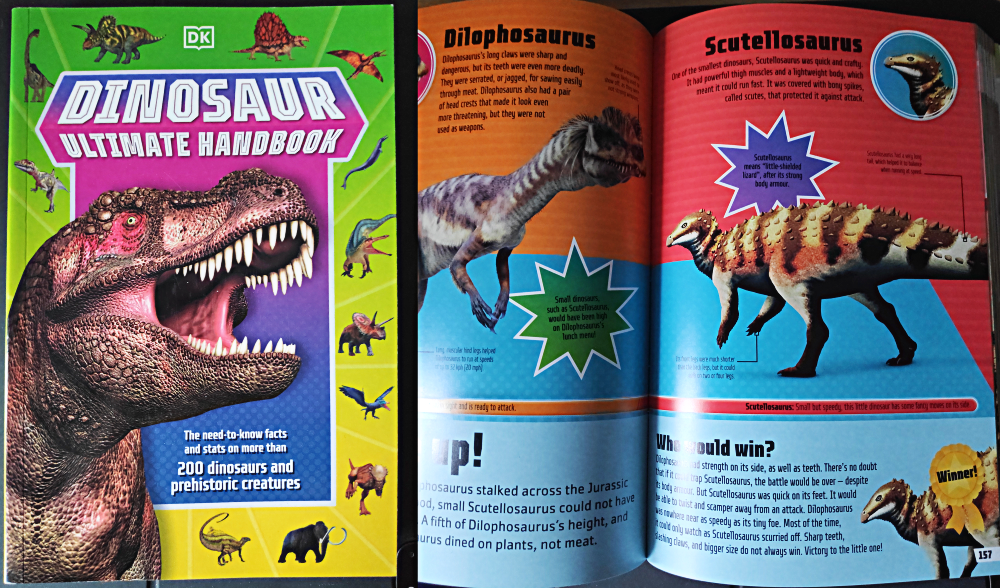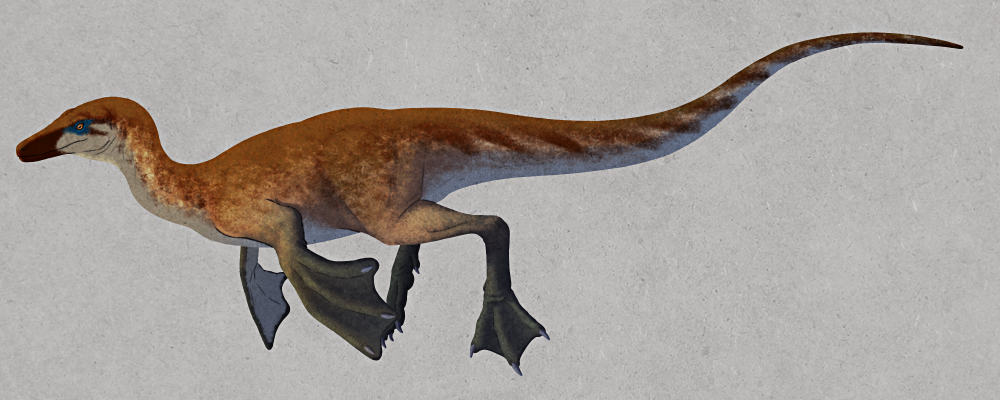Euthycarcinoids were a group of arthropods that lived between the mid-Cambrian and the mid-Triassic – but despite existing for over 250 million years their fossil record is incredibly sparse, and it’s only within the last decade that they’ve been recognized as being close relatives of modern centipedes and millipedes.
The earliest members of this group were marine, living in shallow tidal waters, but they quickly specialized into brackish and freshwater habitats and were even some of the very first animals to walk on land. Fossil trackways show they were amphibious, venturing out onto mudflats to feed on microbial mats, avoid aquatic predators, and possibly lay their eggs in a similar manner to modern horseshoe crabs.
Most euthycarcinoid species are known from tropical and subtropical climates, but Antarcticarcinus pagoda here hints that these arthropods were much more widespread and diverse than previously thought. Discovered in fossil deposits in the Central Transantarctic Mountains of Antarctica, it lived in freshwater lakes during the Early Permian (~299-293 million years ago), at a time when the region was in similar polar latitudes to today with a cold icy subarctic climate.
About 8.5cm long (3.3″), it would have had a similar three-part body plan to other euthycarcinoids – with a head, a limb-bearing thorax, and a limbless abdomen ending in a tail spine – but its most distinctive feature was a pair of large wing-shaped projections on the sides of its carapace. These may have helped to stabilize its body when resting on soft muddy surfaces, spreading out its weight, or they might even have functioned as a hydrofoil generating lift while swimming.

